Understanding the Difference Between GPU and CPU
Introduction
In the world of computing, two essential components play a significant role in determining the performance of a system: the Central Processing Unit (CPU) and the Graphics Processing Unit (GPU). While both are processors, they serve different purposes and excel in different types of tasks. Understanding their differences is crucial for anyone interested in technology, whether you’re a gamer, a programmer, or someone considering a new PC or laptop.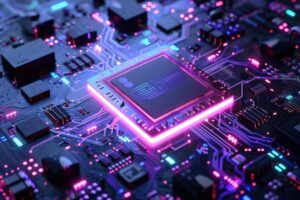
This article explores the fundamental differences between CPUs and GPUs, their architectures, use cases, and why modern computing often requires both for optimal performance.
What is a CPU?
The CPU, often referred to as the “brain” of a computer, is responsible for executing general-purpose tasks. It is designed to handle a variety of computing operations, including running applications, managing the operating system, and processing user commands.
CPU Architecture
A CPU consists of multiple cores and threads that enable it to execute instructions in a sequential or parallel manner. Traditionally, CPUs were single-core processors, but modern CPUs often come with multiple cores, ranging from dual-core to high-performance processors with 16 or more cores.
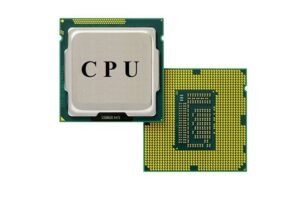
Key components of a CPU include:
- ALU (Arithmetic Logic Unit): Handles mathematical calculations and logical operations.
- Control Unit (CU): Directs the flow of data within the processor.
- Cache Memory: Provides quick access to frequently used data, reducing the need for slower RAM access.
- Clock Speed: Measured in GHz, determines how fast a CPU can process instructions.
Use Cases of a CPU
CPUs are designed for general computing tasks, such as:
- Running operating systems and applications.
- Handling tasks that require high single-threaded performance, such as web browsing and word processing.
- Managing system processes and background tasks.
- Running code for software applications, databases, and programming environments.
What is a GPU?
The GPU is specialized for rendering graphics and performing parallel computing tasks. Originally developed to handle the rendering of images and videos, GPUs have evolved into powerful processing units used for artificial intelligence, data analysis, and machine learning.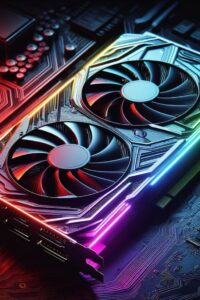
GPU Architecture
Unlike CPUs, which focus on general-purpose processing, GPUs contain thousands of smaller cores optimized for parallel processing. This allows them to execute multiple tasks simultaneously, making them highly efficient for workloads that require handling massive amounts of data in parallel.
Key components of a GPU include:
- Shader Cores: Handle graphics rendering and compute-intensive operations.
- VRAM (Video RAM): A specialized type of memory used to store textures, frame buffers, and other graphical data.
- Compute Units: Process large batches of data simultaneously, improving efficiency in parallel workloads.
- Ray Tracing Cores (in modern GPUs): Enhance realistic lighting and shadow effects in gaming and visual simulations.
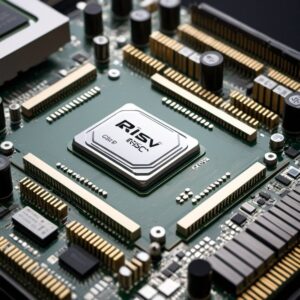
Use Cases of a GPU
GPUs are highly effective in tasks requiring high computational power, including:
- Gaming: Rendering high-resolution graphics and real-time effects.
- 3D Modeling and Animation: Used in software like Blender, Maya, and AutoCAD.
- Machine Learning & AI: Accelerating deep learning models and neural networks.
- Cryptocurrency Mining: Processing cryptographic calculations for blockchain networks.
- Video Editing & Rendering: Enhancing the speed of rendering complex video effects.
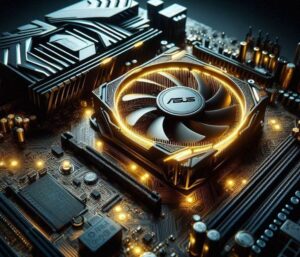
Key Differences Between CPU and GPU
1. Processing Power
- CPU: Optimized for sequential processing with high clock speeds and fewer cores.
- GPU: Designed for parallel processing with thousands of cores for simultaneous computations.
2. Architecture
- CPU: Contains a few high-performance cores that handle diverse tasks efficiently.
- GPU: Contains a large number of smaller cores optimized for parallel execution.
3. Performance in Specific Tasks
- CPU: Performs better in tasks requiring logic, decision-making, and system management.
- GPU: Excels in tasks involving massive parallelism, such as rendering and AI computations.
4. Memory Handling
- CPU: Uses RAM and cache memory to store temporary data.
- GPU: Uses VRAM to store graphical and computational data for fast processing.
5. Application Areas
- CPU: General computing, software applications, operating system management.
- GPU: High-performance computing, gaming, AI, deep learning, and video processing.
Why Modern Systems Use Both CPU and GPU
In today’s technology-driven world, computers often integrate both CPUs and GPUs to achieve optimal performance. A balanced system ensures:
- Efficient multitasking: The CPU manages everyday operations while the GPU handles specialized workloads.
- Better gaming performance: The CPU processes game logic while the GPU renders complex graphics.
- Faster AI and machine learning computations: The GPU speeds up training while the CPU handles background processes.
Conclusion
While CPUs and GPUs serve different purposes, they complement each other in modern computing. The CPU excels at handling general-purpose tasks, while the GPU is specialized for parallel processing and graphics-intensive applications. Understanding their differences helps users choose the right hardware for their needs, whether for gaming, professional work, or scientific computing.
As technology advances, the role of both CPUs and GPUs continues to evolve, making them indispensable components of modern computing devices.

